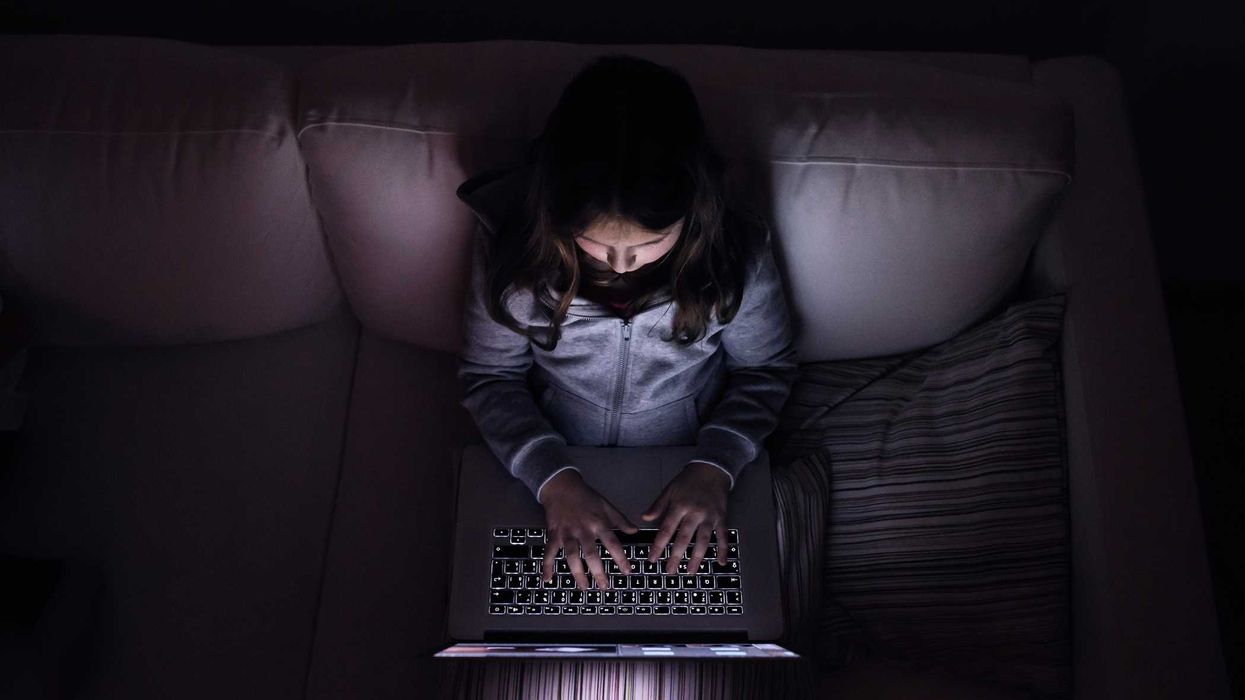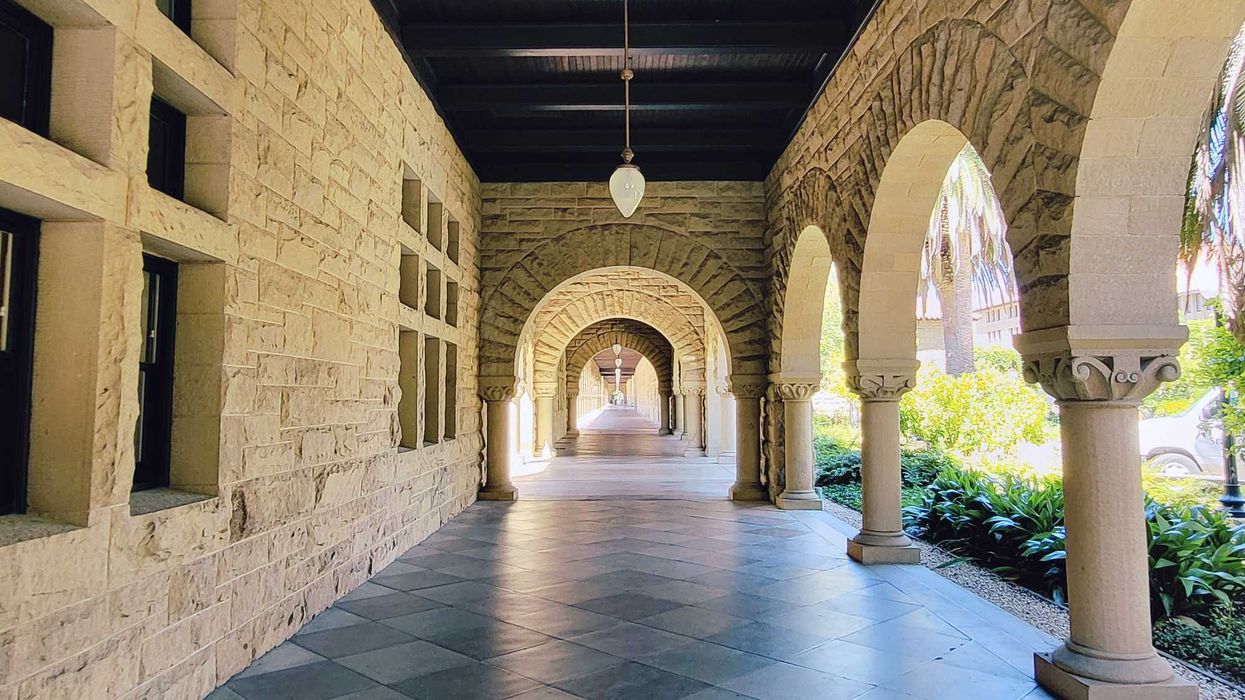November 20 marks World Children’s Day, marking the adoption of the United Nations’ Convention on the Rights of the Child. While great strides have been made in many areas, we are failing one of the declaration’s key provisions: to “protect the child from all forms of sexual exploitation and sexual abuse.”
Sexual violence against children is a public health crisis that keeps escalating, thanks in no small part to the internet, with hundreds of millions of children falling victim to online sexual violence annually. Addressing sexual violence against children only once it materializes is not enough, nor does it respect the rights of the child to be protected from violence. We need to reframe the way we think about child protection and start preventing sexual violence against children holistically.
It is clear that our ongoing efforts to keep children safe are not enough. Sexual violence against children is not a new phenomenon, but technology and digital devices have made offending against children much easier. Perpetrators can now hide behind their devices, presenting themselves as children through text, voice, pictures, and even video. Offenders can target hundreds of children at once, with sexual offending against a child no longer requiring physical proximity between the perpetrator and the victim. Furthermore, child sexual abuse material, or CSAM, is easily accessible on the open web and can be viewed, created, and distributed with the press of a button. Laws and enforcement have not been able to keep up with these changes. We need stronger, future-proof, and technology-neutral legislation, laying down uniform obligations for online service providers to ensure that their platforms are safe for children. Even before the new technologies, it was clear that the efforts of law enforcement alone were not enough. It is increasingly evident that addressing violence only after it occurs and penalizing offenders is insufficient; proactive and preventative measures must become a priority.
To effectively and holistically protect children against violence, we must combine efforts currently often done in isolation; we need to educate children and caregivers on digital safety skills; train professionals coming into contact with children on the phenomenon, as well as possible warning signs and risk factors; and finally, we need to start placing a stronger emphasis on prevention and intervention measures for potential offenders. Alongside all of these efforts, we need to ensure that online services and platforms are safe for children, and that legislation allows for the effective protection of children globally.
Firstly, it is vital to underline that we must not hold children and caregivers responsible for the violence. The responsibility must always be placed on the offender. However, it is an important part of the holistic prevention efforts to empower and equip children to stay safe online. Secondly, professionals coming into contact with children, including educators, medical staff, and law enforcement, should be better educated on the phenomenon of sexual violence against children, as well as potential risk factors and warning signs. Professionals should also be better equipped to respond to potential cases. Finally, resources, including anonymous support and self-help programs, should be made available to individuals who fear that they might offend against a child. Depending on national legislation and mandatory reporting obligations thereof, online self-help tools might be the only resources available for many potential offenders. Tools such as the Protect Children’s ReDirection Self-Help Program can support behavioral change and reduce violence against children.
And when it comes to those offender-focused efforts, offering prevention or intervention measures for people who worry that they’ll offend against a child does not excuse or justify their thoughts or feelings, nor does it mean we need to sympathize with them. Think about it this way: if there were a way to prevent a child from being sexually abused or exploited, shouldn’t we explore it? What we are doing now is simply not enough. It’s time we start proactively and holistically addressing violence before it materializes.
Anna Ovaska is a Public Voices Fellow on Prevention of Child Sexual Abuse with The OpEd Project and works as Deputy Director at Protect Children, a nonprofit organization focused on ending sexual violence against children globally.




















A deep look at how "All in the Family" remains a striking mirror of American politics, class tensions, and cultural manipulation—proving its relevance decades later.
All in This American Family
There are a few shows that have aged as eerily well as All in the Family.
It’s not just that it’s still funny and has the feel not of a sit-com, but of unpretentious, working-class theatre. It’s that, decades later, it remains one of the clearest windows into the American psyche. Archie Bunker’s living room has been, as it were, a small stage on which the country has been working through the same contradictions, anxieties, and unresolved traumas that still shape our politics today. The manipulation of the working class, the pitting of neighbor against neighbor, the scapegoating of the vulnerable, the quiet cruelties baked into everyday life—all of it is still here with us. We like to reassure ourselves that we’ve progressed since the early 1970s, but watching the show now forces an unsettling recognition: The structural forces that shaped Archie’s world have barely budged. The same tactics of distraction and division deployed by elites back then are still deployed now, except more efficiently, more sleekly.
Archie himself is the perfect vessel for this continuity. He is bigoted, blustery, reactive, but he is also wounded, anxious, and constantly misled by forces above and beyond him. Norman Lear created Archie not as a monster to be hated (Lear’s genius was to make Archie lovable despite his loathsome stands), but as a man trapped by the political economy of his era: A union worker who feels his country slipping away, yet cannot see the hands that are actually moving it. His anger leaks sideways, onto immigrants, women, “hippies,” and anyone with less power than he has. The real villains—the wealthy, the connected, the manufacturers of grievance—remain safely and comfortably offscreen. That’s part of the show’s key insight: It reveals how elites thrive by making sure working people turn their frustrations against each other rather than upward.
Edith, often dismissed as naive or scatterbrained, functions as the show’s quiet moral center. Her compassion exposes the emotional void in Archie’s worldview and, in doing so, highlights the costs of the divisions that powerful interests cultivate. Meanwhile, Mike the “Meathead” represents a generation trying to break free from those divisions but often trapped in its own loud self-righteousness. Their clashes are not just family arguments but collisions between competing visions of America’s future. And those visions, tellingly, have yet to resolve themselves.
The political context of the show only sharpens its relevance. Premiering in 1971, All in the Family emerged during the Nixon years, when the “Silent Majority” strategy was weaponizing racial resentment, cultural panic, and working-class anxiety to cement power. Archie was a fictional embodiment of the very demographic Nixon sought to mobilize and manipulate. The show exposed, often bluntly, how economic insecurity was being rerouted into cultural hostility. Watching the show today, it’s impossible to miss how closely that logic mirrors the present, from right-wing media ecosystems to politicians who openly rely on stoking grievances rather than addressing root causes.
What makes the show unsettling today is that its satire feels less like a relic and more like a mirror. The demagogic impulses it spotlighted have simply found new platforms. The working-class anger it dramatized has been harvested by political operatives who, like their 1970s predecessors, depend on division to maintain power. The very cultural debates that fueled Archie’s tirades — about immigration, gender roles, race, and national identity—are still being used as tools to distract from wealth concentration and political manipulation.
If anything, the divisions are sharper now because the mechanisms of manipulation are more sophisticated, for much has been learned by The Machine. The same emotional raw material Lear mined for comedy is now algorithmically optimized for outrage. The same social fractures that played out around Archie’s kitchen table now play out on a scale he couldn’t have imagined. But the underlying dynamics haven’t changed at all.
That is why All in the Family feels so contemporary. The country Lear dissected never healed or meaningfully evolved: It simply changed wardrobe. The tensions, prejudices, and insecurities remain, not because individuals failed to grow but because the economic and political forces that thrive on division have only become more entrenched. Until we confront the political economy that kept Archie and Michael locked in an endless loop of circular bickering, the show will remain painfully relevant for another fifty years.
Ahmed Bouzid is the co-founder of The True Representation Movement.